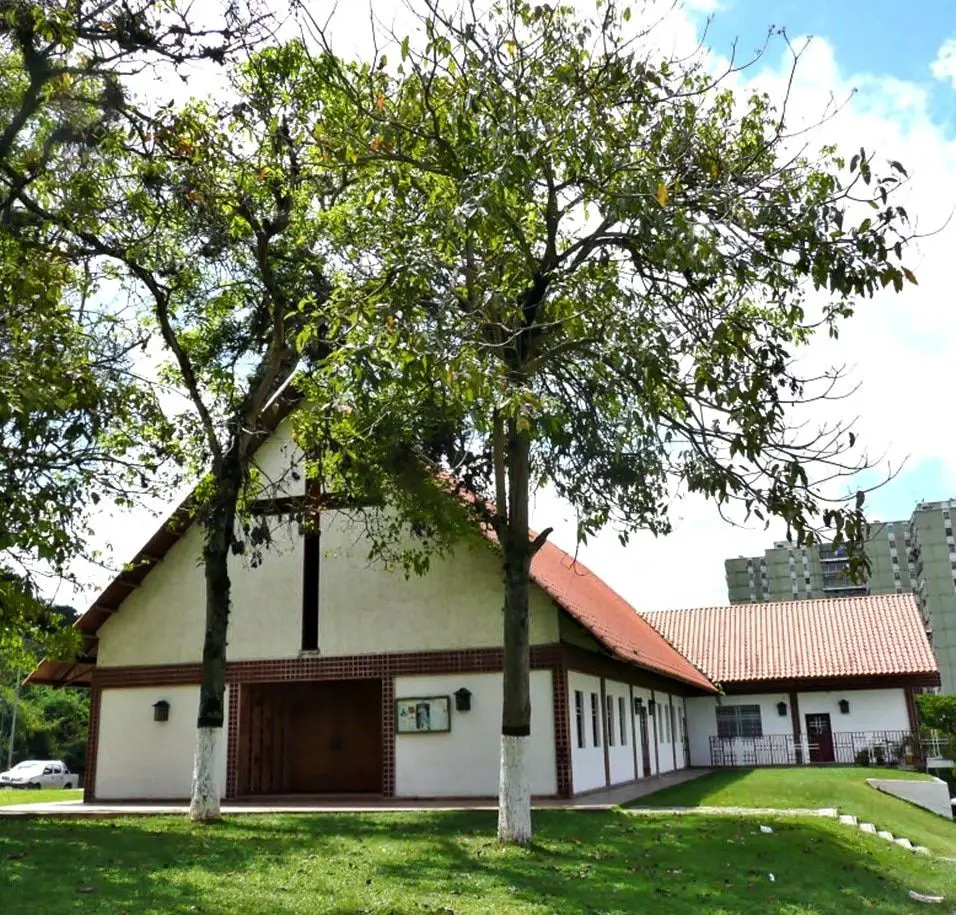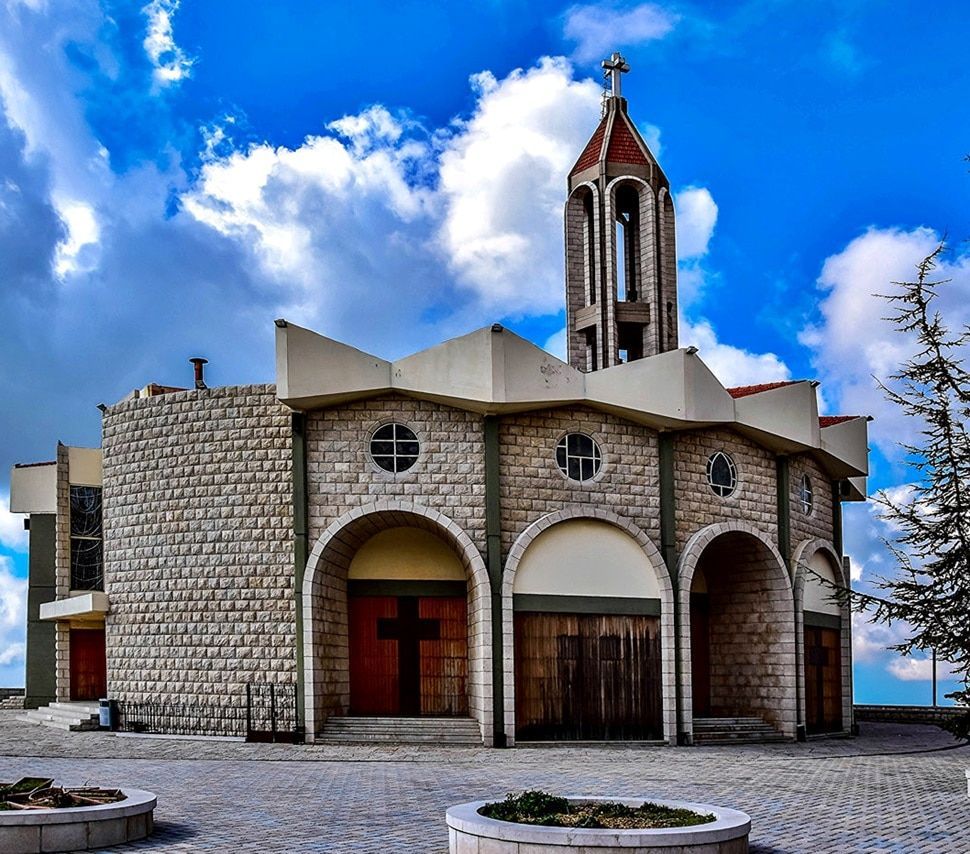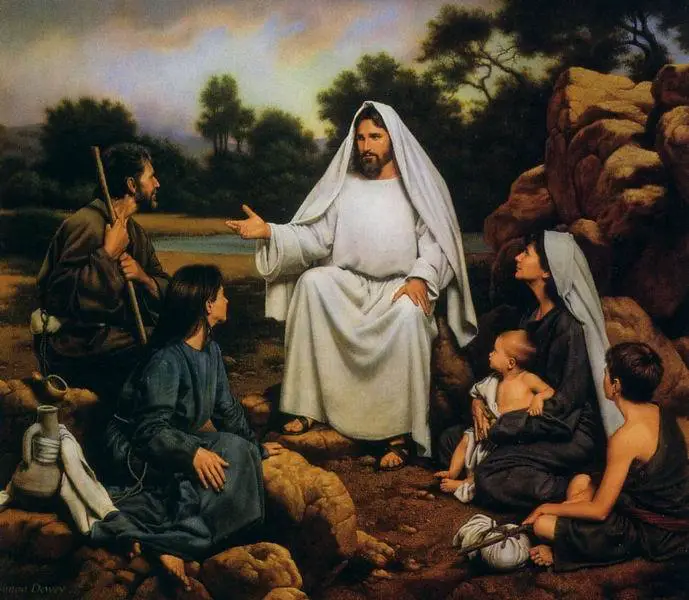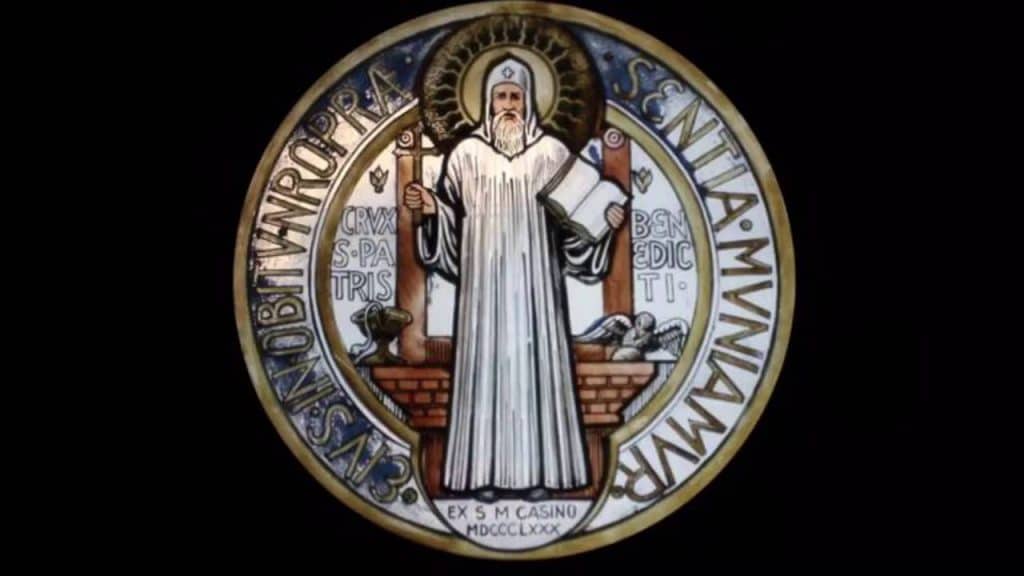St Charbel’s Church, learn all about the foundation and spread of this Maronite Christian church, founded by St Maron, with its own liturgies and whose followers grew daily thanks to the miraculous powers of St Charbel, the great 19th century thaumaturge.
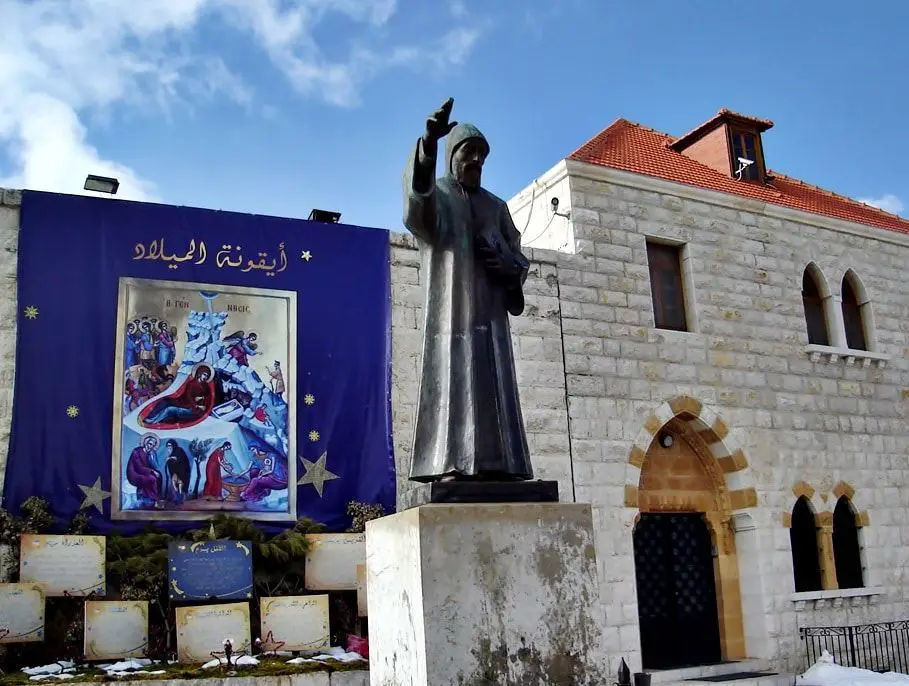
Church of Saint Charbel
The followers of Saint Charbel are Maronite Christians who follow the teachings of the Eastern Church of Catholic orientation, promoted by Saint Maron in the 4th century, who was a holy monk and very prodigious in granting miracles during his lifetime and after his death. Saint Charbel, born in Lebanon in 1828 and consecrated to the service of Jesus Christ as a teenager, belongs to this religious stream of Catholicism.
At the age of 20, Saint Charbel became a monk in the convent of Our Lady of Mayfouq, dedicated to the Virgin Mary. In 1853, at the age of 23, he took his monastic vows and moved to the monastery of Saint Cyprian in Kfife, where he studied theology and philosophy. In 1859, at the age of 31, he was ordained a priest by Bishop Joseph al Marid. From then on, his life was linked to the Annaya monastery.
Saint Charbel was ordained a priest and dedicated his life even more to the service of God, becoming a man of little talk and much action, even though he was a hermit, constantly praying, receiving the Eucharist and doing penance. His fame as a Maronite saint spread throughout the country, and he was credited with numerous miracles in his life, from the curing of fevers to other diseases. (See: What is the Sacrament of the Eucharist).
Saint Charbel died in December 1898 as a hermit in the monastery of Annaya, in the hermitage of Saint Peter, after suffering an illness that left him paralysed for a long time. After his death, the number of his followers multiplied and the church of St Charbel was built next to the monastery to serve his followers. He was canonised by Pope Paul VI in 1977.
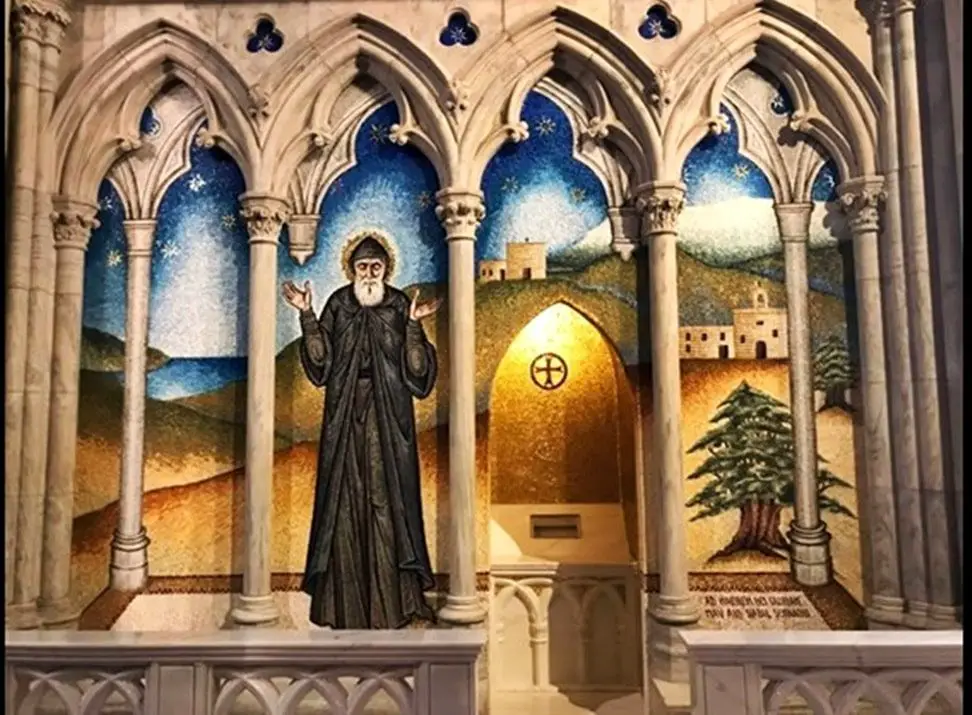
The church of San Charbel commemorates him every third Sunday of July, highlighting his pious life and his miraculous gifts before and after his death. His body remains incorruptible, from which flows a miraculous fluid that, according to several testimonies, has saved many lives, including those who pray to his image, dedicate a novena to him, obtain his favours and intercede for the cure of any illness. (See: Novena to Saint Charbel).
Due to the large number of Saint Charbel’s devotees who, after his death, began to visit the monastery of Annaya, where his remains have been kept since 1898, it was necessary to prepare a place for the thousands of his faithful followers who offer their prayers, both in Lebanon and in Syria and other countries of the Middle East (See: Prayer to Saint Charbel).
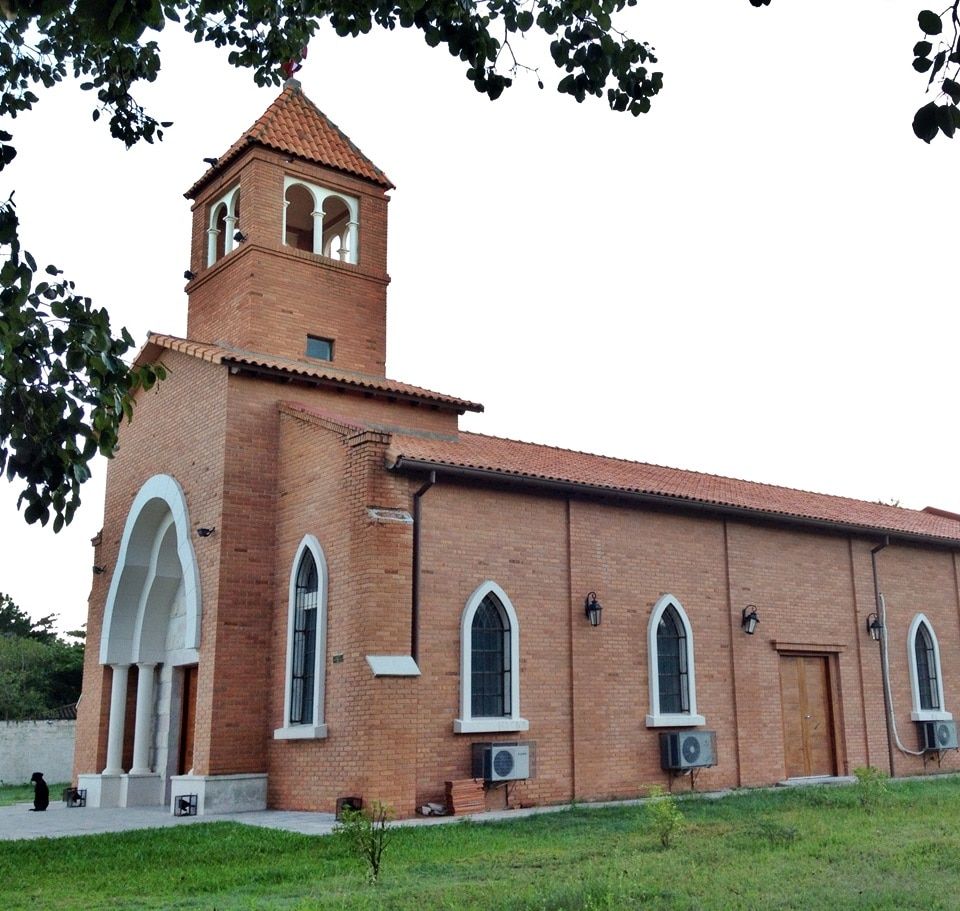
In 1974, the construction of the Church of Saint Charbel, attached to or near the Annaya Monastery, was completed, where the incorruptible remains of this sublime saintly thaumaturge are kept. The Church of Saint Charbel in the Annaya Monastery, located on the outskirts of the city of Beirut, has become a place of pilgrimage where his devout followers dedicate their prayers to him every July, spreading his miraculous light throughout the world.
Features of the church of St Charbel
The Maronite Church follows the liturgical traditions of the Eastern Church of the Middle East and was founded around the 4th century by the Syrian monk St Maron, based on the postulates of the Church of Antioch, one of the oldest churches in Christianity. The Church of St. Charbel is governed by Maronite doctrine, which in turn is in general agreement with the doctrine of the Catholic Church, although with some variations, such as the election of their own Patriarch (see; etymological meaning of church).
Although they elect their head of the Maronite Church, called the Maronite Antiochian Patriarch, who has supremacy over all the clergy of the Maronite Church, whom he appoints or removes, they recognise the spiritual authority and headship of the Successor of St Peter in the Holy See. Their religious practices do not differ greatly from those of Catholicism, although Maronites can marry and be ordained priests.
The Church of St Charbel in the world
The Church of St Charbel, in the Maronite tradition, is spread throughout the world from the Middle East, and its traditions, with their own characteristics, have spread first to the African continent and regions of Asia, and then to Europe and America. With the devotion to Saint Charbel, his followers have multiplied in countries with great Christian devotion, such as Mexico, Brazil, Venezuela, Colombia, among others.
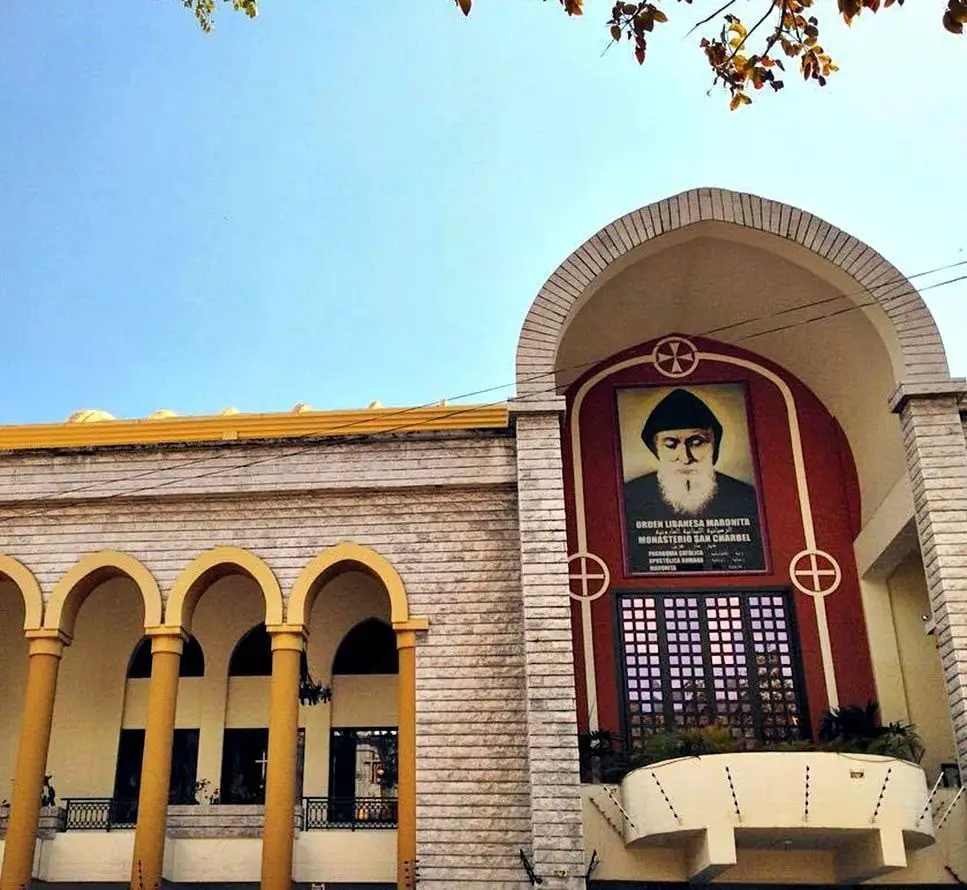
Due to the emigration of Lebanese and Syrians affected by serious armed conflicts, the Church of Saint Charbel is also present in countries with a Protestant religious tradition, such as the United States, Canada and Australia, among others. In Venezuela, the Church of San Charbel, built in the Venezuelan capital, and the one built in the central region of the Altos Mirandinos, both very popular and of exceptional architectural beauty, stand out. (See; Who divided the Catholic Church)
